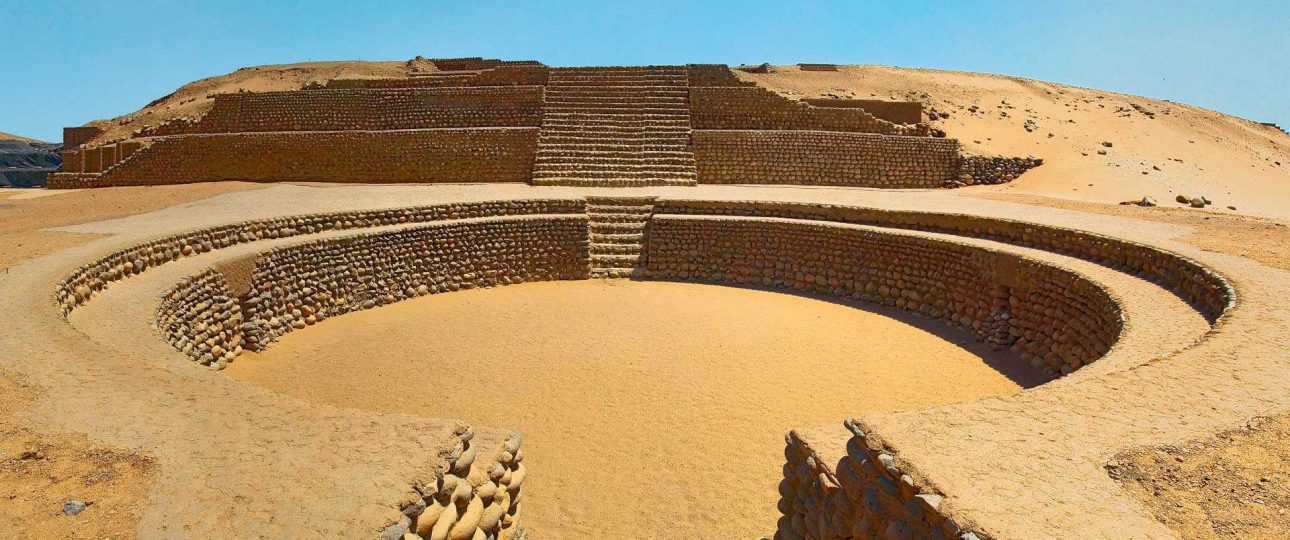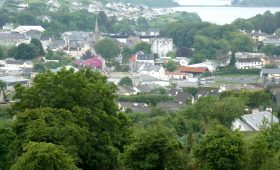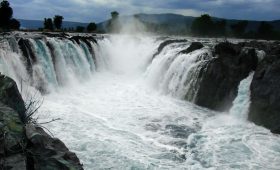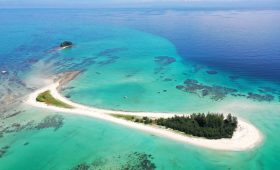Exploring Caral: A Journey Through Time
The History of Caral
Caral stands as one of the oldest urban centers in the Americas, with its origins tracing back to around 2627 BC. Nestled in the arid Supe Valley, about 20 kilometers from the Pacific coast, Caral was a thriving metropolis of the Norte Chico civilization. This ancient city, which spans over 150 hectares, was home to approximately 3,000 people and is part of a larger cultural complex that may have supported up to 20,000 inhabitants across 19 other sites in the region.
Declared a UNESCO World Heritage Site in 2009, Caral offers a glimpse into a society that flourished contemporaneously with the construction of the Egyptian pyramids. The city is renowned for its architectural feats, including pyramids, plazas, and residential buildings, all of which reflect advanced urban planning and engineering skills. Notably, Caral was a peaceful society, with no evidence of warfare found at the site.
Archaeological Significance
Caral’s archaeological findings are remarkable. Among the artifacts discovered is a quipu, a knotted textile piece that suggests an early form of record-keeping, predating the Inca Empire’s more developed system. The site also features an array of musical instruments, such as flutes made from condor and pelican bones, indicating a culture rich in music and commerce.
The main temple complex, known as Templo Mayor, measures 150 meters in length, 110 meters in width, and 28 meters in height. This structure, along with other temples and an amphitheater, highlights the city’s role as a hub of cultural and religious activities.
Natural Surroundings
While Caral’s historical significance is undeniable, its natural setting adds another layer of allure. The Supe Valley, flanked by the Andes Mountains, offers a stark yet captivating landscape. Although the site itself is arid, the nearby Supe River provides a contrast with its lush banks, supporting a variety of flora and fauna.
Visitors interested in nature can explore the surrounding areas, though it’s important to note that the immediate vicinity of Caral is more desert-like than forested. The region’s unique geography and climate create a distinct environment that complements the archaeological wonders.
Best Time to Visit
The ideal time to visit Caral is during the dry season, from May to September. During these months, the weather is generally pleasant, with clear skies and minimal rainfall, making it perfect for exploring the site. However, daytime temperatures can be high, so it’s advisable to bring sunscreen, a hat, and plenty of water. Evenings are cooler, so a light jacket or sweater is recommended.
Getting There
Caral is accessible from Lima, Peru’s capital, located about three hours away by car or bus. The journey offers a chance to see the diverse landscapes of the region. Alternatively, travelers can take a train to Huacho, a nearby city, and then continue by taxi or local bus to the archaeological site.
Local Transportation
Once at Caral, exploring the site is best done on foot. The terrain can be uneven, so comfortable walking shoes are essential. For those who prefer not to walk or have limited mobility, golf carts are available for rent at the entrance, providing a convenient way to navigate the area while enjoying the views.
Caral is a destination that offers a profound connection to the past, set against a backdrop of striking natural beauty. Its historical and cultural significance, combined with the unique landscape, makes it a compelling place to visit for those interested in ancient civilizations and archaeology.




